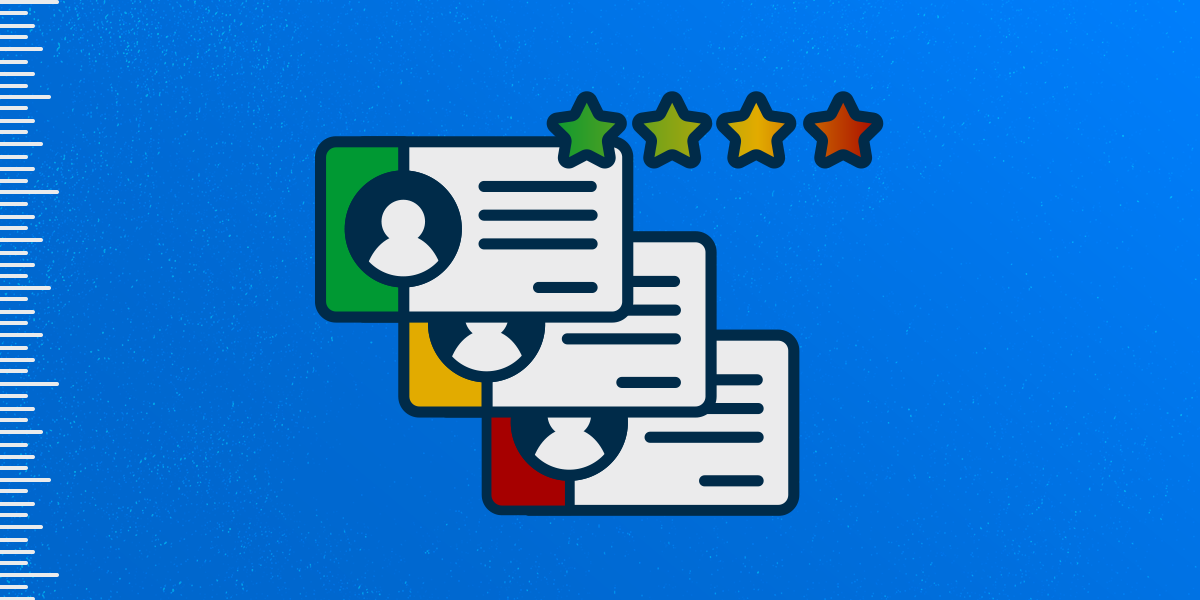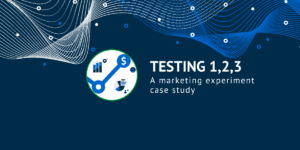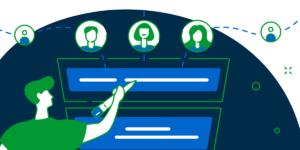In today’s competitive business landscape, customer loyalty plays a pivotal role in the success and growth of any company. To thrive, businesses must understand their customers’ loyalty levels and find ways to enhance them. In this article, we will explore three key metrics: Net Promoter Score (NPS), customer retention rate, and customer lifetime value (CLV), and discuss how businesses can leverage them to measure loyalty and improve their marketing strategies.
Why you Should Measure Customer Loyalty
Measuring customer loyalty is crucial for businesses to inform their marketing strategies as it provides invaluable insights into the satisfaction and loyalty levels of their customer base. By understanding the factors that drive customer loyalty, businesses can tailor their marketing efforts to enhance customer experience, increase customer retention, and drive positive word-of-mouth.
Customer loyalty metrics also enable businesses to identify areas for improvement, personalize marketing campaigns, develop targeted loyalty programs, and measure the impact of their marketing initiatives. By consistently measuring customer loyalty, businesses can make data-driven decisions, strengthen customer relationships, and gain a competitive edge in the market. Ultimately, measuring customer loyalty empowers businesses to allocate resources effectively, maximize marketing ROI, and foster long-term success.
Three Classic Ways to Measure Customer Loyalty
Net Promoter Score (NPS):
By asking a simple question – “How likely are you to recommend our company/product/service to a friend or colleague?” – businesses can categorize customers into three groups:
- Promoters – enthusiastic advocates who can fuel positive word-of-mouth,
- Passives – neutral customers who aren’t going to take action one way or another, and
- Detractors – folks at risk of spreading negative sentiments about your organization.
Using NPS, businesses can identify areas for improvement and gauge the effectiveness of marketing campaigns. By analyzing feedback from both promoters and detractors, companies can understand the drivers behind customer loyalty or dissatisfaction, and tailor their marketing efforts accordingly. For instance, positive feedback from promoters can be used as testimonials, while negative feedback from detractors can help identify areas of improvement.
Customer Retention Rate:
Customer retention rate measures the percentage of customers who continue to do business with a company over a specific period. A high retention rate indicates strong customer loyalty and suggests that customers are satisfied with the company’s products or services. By tracking customer retention rates, businesses can identify trends and patterns.
- Are there specific periods or touchpoints where customers are more likely to churn?
- Is there a correlation between customer satisfaction and retention rates?
Armed with this information, companies can proactively implement strategies to improve customer experience, enhance loyalty, and reduce churn. For example, personalized offers, loyalty programs, and proactive customer support can foster deeper connections and increase retention rates.
Customer Lifetime Value (CLV):
Customer Lifetime Value assesses the total value a customer brings to a business over their entire relationship. It takes into account factors such as the purchase
- frequency,
- average order value, and
- duration of the customer relationship.
CLV enables businesses to identify their most valuable customers and tailor marketing efforts accordingly. By understanding the revenue potential of different customer segments, companies can allocate resources effectively. For instance, high-value customers may receive exclusive offers or personalized experiences, while efforts to re-engage dormant customers can be targeted towards those with the highest potential CLV.
By monitoring changes in CLV over time, businesses can gauge the impact of their marketing strategies on customer loyalty. If CLV increases, it signifies a higher level of customer loyalty and indicates that marketing initiatives are successfully fostering long-term customer relationships.
Why it Matters
Customer loyalty is a critical factor in the success of any business. By employing metrics such as Net Promoter Score, customer retention rate, and customer lifetime value, companies can effectively measure and track customer loyalty. These metrics provide invaluable insights that enable businesses to identify areas for improvement, tailor marketing strategies, and foster long-term customer relationships.
Businesses that prioritize customer loyalty gain a competitive edge by creating a loyal customer base that advocates for their brand, reduces churn, and generates long-term revenue. By implementing data-driven strategies based on NPS, retention rates, and CLV, companies can enhance customer satisfaction, drive loyalty, and achieve sustainable growth in today’s dynamic marketplace.
How We Can Help
Response Labs helps brands Make Every Message Matter™ throughout the customer journey—from prospecting to acquisition to advocacy. With experts in CRM and loyalty marketing, plus data analysis and reporting, our team can turn your customer data and journeys into actionable strategies. You can learn more about our work here.




